Vehicle donations a bright spot amid downward trend in station revenue
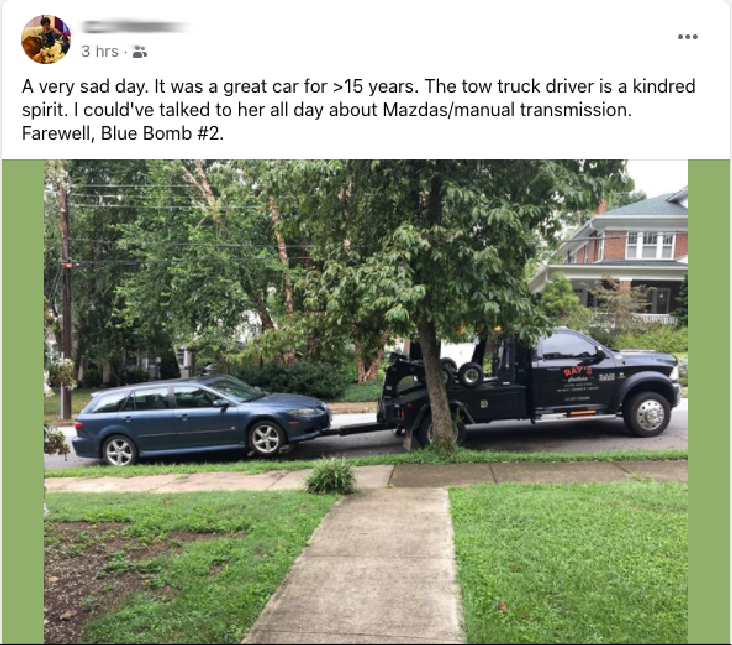
SPONSORED
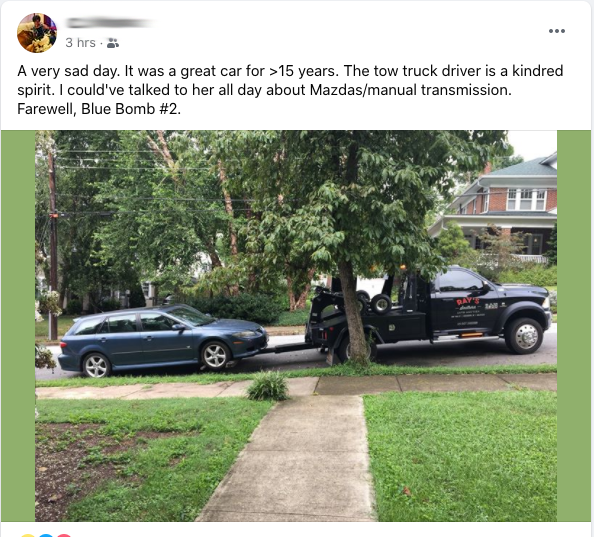
By Christine Fitzgerald and Mike Wallace
While public media grapples with the financial impact of the ongoing pandemic, vehicle donations continue to add more net revenue to the bottom line for stations across the country.
This is one finding from new data compiled by Charitable Adult Rides and Services (CARS) and shared with stations as part of the Greater Public’s 2020 Summer Series of webinars. CARS hosted the webinar alongside three stations – WFDD, Maine Public and KPBS.
Maine Public’s Curt Chadbourne presented two new initiatives, one around fleet donations and one working with auto retailers across the state to incentivize donations. Sandra Albert from KPBS discussed the importance of having a structured marketing plan to improve year-over-year results. WFDD’s Molly Davis shared examples of how to be more creative in marketing vehicle donations.
Overall, vehicle donations through the CARS network of partner stations dropped in March and April 2020, as businesses (including auto dealerships) closed and people sheltered in place due to COVID-19. Fast forward to June, and vehicle donations were back up to pre-pandemic levels. July 2020 saw year-year growth for many stations’ vehicle donation programs.
So far, volume in August is strong. But the big difference in 2020 – vehicle prices are at record-high levels.
CARS CEO Howard Pearl, who also serves on the PMBA board, encourages station managers to get together with their CFOs to look at the revenue potential for vehicle donations in the current economic environment. “Now is really the best time for stations to promote vehicle donations, especially if they’ve got empty avails in their broadcast schedule that aren’t being used for underwriting.” (Current recently covered the state of underwriting in this story).
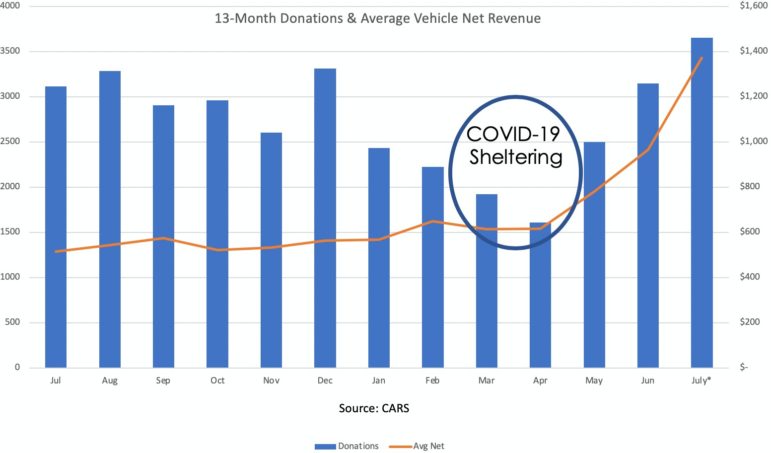
CARS study of volume and average net vehicle revenue, showing the impact of COVID-19 in March and April.
Average net revenue/vehicle is at record-high levels.
An analysis conducted by CARS in 2019 found that historically when vehicle donation volumes are up, prices are down, and when volume is down, prices are up—but the current numbers buck that trend.
“We are seeing something very unusual in the market which is that both volume and pricing is up,” said Bruce Bauer, Director of Partner Development at CARS. “We expect volume to return to normal levels soon but we don’t expect prices to go down for a while.”
During the Greater Public webinar, CARS presented an update to the 2019 study. This time, they tracked the performance of 100 stations over 10 years. The same inverse pattern emerged, but average station net revenue/vehicle exceeded $700 in 2020, a new record.
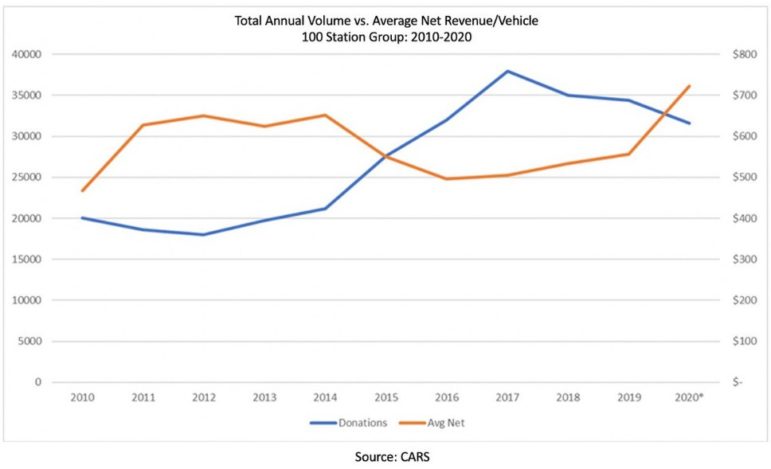
Limited dealer inventory of new vehicles has increased demand for used vehicles, which in turn increases average sales price. Cox Automotive reported last month that prices for vehicles sold through the company’s auctions unit were the highest in the 25 years the company has been tracking the data. (Auctions are an important sales channel for donated vehicles.)
Consistent promotion key to success
A poll conducted during the CARS session found that while some stations promote their vehicle donation program about once/hour, many stations don’t.
“When stations pull back on promoting their program to a few spots per day, donations slow down. Equity in, equity out.” says Pearl. “We were surprised to learn that some stations aren’t promoting their program at all. This is unfortunate. They’re leaving capital and new donors in the rearview mirror.”
Research conducted by CARS on station vehicle donation marketing practices found that frequent on-air mentions, combined with regular mentions in newsletters and making donation information easy to find on the station’s home page were the winning formula. Stations that follow these three practices tended to outperform their peers.
CARS recommends running at least one vehicle donation mention or spot per hour, regardless of length. Molly Davis, Assistant General Manager at WFDD, who presented during the session, agrees.
In addition to scheduling multiple spots per day, the team at WFDD looks for opportunities to air vehicle donation asks whenever there’s availability. This has resulted in an average of $108,000 in net revenue per year for WFDD. “$108,000 pays for the salaries of two team members … almost a year of Morning Edition … or more than a year and a half of All Things Considered for our station. It’s a big source of revenue for us,” says Davis.
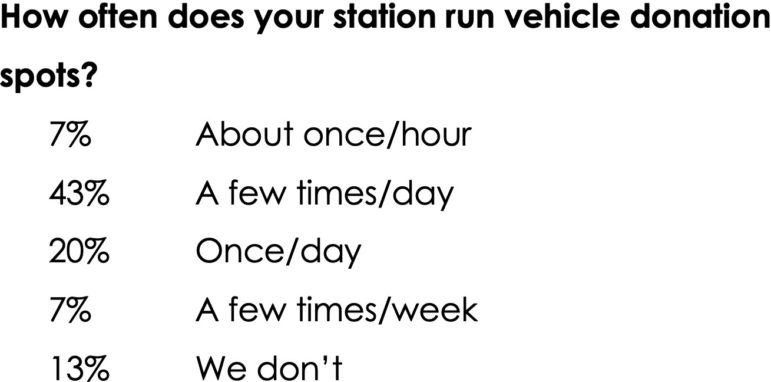
Results from a poll taken during the Greater Public webinar. Only 7% of stations surveyed are promoting vehicle donations on their air once/hour, the frequency recommended by CARS to maximize results.
Source: CARS poll, August 2020
Charitable Giving Habits of Vehicle Donors
In-house research by CARS has consistently found that for about half of all people who donate a vehicle, it is their first gift to the station. CARS recommends stations welcome these donors into the family with an honorary membership, but also to be realistic about the prospects of converting them into annual donors or sustainers.
A 2017 study by Capital Public Radio comparing vehicle donors to mail acquired donors found that the average 4-year lifetime value of a vehicle donor can be several times higher than the average mail-acquired donor. The difference in value is mostly seen in Year 1, where the net revenue from a donated vehicle can be much higher than the combined 4-year average gift from other donors.
The same study also found that vehicle donors are about half as likely to sign up as a member compared to a typical mail acquisition effort. That said, many stations make a vehicle donor an honorary member for a year. Some base the membership on the amount the vehicle generated for the station but most recognize the donation with a basic membership.

A majority of station fundraisers award vehicle donors honorary membership status for a year.
Source: CARS poll, August 2020 (n=74)
CARS also recommends that stations look at the charitable giving habits of their vehicle donors if they are able to do so.
A study conducted in August by CARS of the charitable giving habits of more than 36,000 vehicle donors found that more than $122-million was given to nonprofit causes by these individuals. The study also found that as a whole, vehicle donors are more likely to be prospects for a major gift compared to the typical donor, although the difference is relatively minor (18% vs. a national 15% average).
In other studies, CARS finds there are individuals who have given a large gift to a local museum or other institution, yet have never given to their local station. One individual had the estimated capacity to give a gift between $50- million and $100-million.

“It really is important to bring stations together to share the data on vehicle donors” says Pearl. “This truly is a partnership with the stations we serve. The next few months are going to be very productive from a net revenue perspective. For those stations who dedicate a bit more attention to it, more of their audience will discover how impactful this mechanism of support can be to their local station. My advice to CFOs is to review the data on the long- term value of a vehicle donor.”
CARS is a 501 c3 nonprofit based in San Diego, CA. In 2019, CARS returned more than $30 million in net revenue to local stations and more than $225 million since 2013. They can be found at www.careasy.org.
In addition to supporting local stations’ fundraising efforts, CARS is a proud Founding Sponsor of Public Media Women in Leadership.
Stations interested in learning more may contact Bruce Bauer at CARS at 888-634-7227 or email (bruceb@careasy.org)


